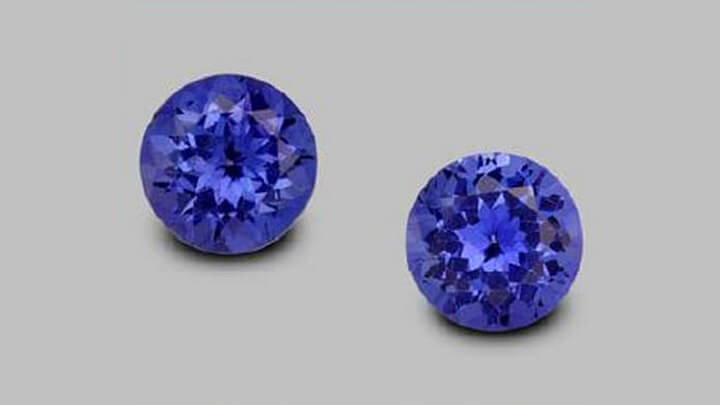Tanzanite Consumer Information
Care
Tanzanite is delicated and should be treated with the utmost care
Clean with damp cloth and/or soapy water only
Tanzanites in large sizes, and rich colour are desirable for collections. Some tanzanites are carved or sculpted by famous lapidary artists and as such are considered collectible.
Finally, multi colour transparent zoisites (fancy tanzanites) are also sought, particularly green and pink. On extremely rare occasion, collectible cat’s eye tanzanites are fashioned.
Treatment
Heating causes a change of colour from brown, purple or grey to bluish purple to purplish blue
The yellowish brown colored stones are usually (light) heat treated to result in the blue colors associated with tanzanite
Color
Many consider tanzanite to have the finest blue hue of all gemstones
It is also trichroic, meaning that light entering the gem is split into 3 different wavelengths. As a result, tilting the gem in 3 different directions one is sometimes able to see 3 different colors
Tanzanite is extremely light sensitive, with incandescent lighting tending to shift its color to the violet side. The best pieces show an intense blue under any light
Clarity
Many tanzanites tend to be remarkably clean and transparent. The standard is therefore eye-clean stones
Fingerprint inclusions are sometimes present
Very rare, tiny, parallel, hollow tubes in some tanzanites cause chatoyancy (cat’s eye effect)
Cut
In the market, tanzanites are found in a variety of shapes and cutting styles
Ovals and cushions are the most common, but rounds are also seen, as are other shapes, including emerald cuts, trillions, etc.
Cabochon-cut tanzanites are not often seen



